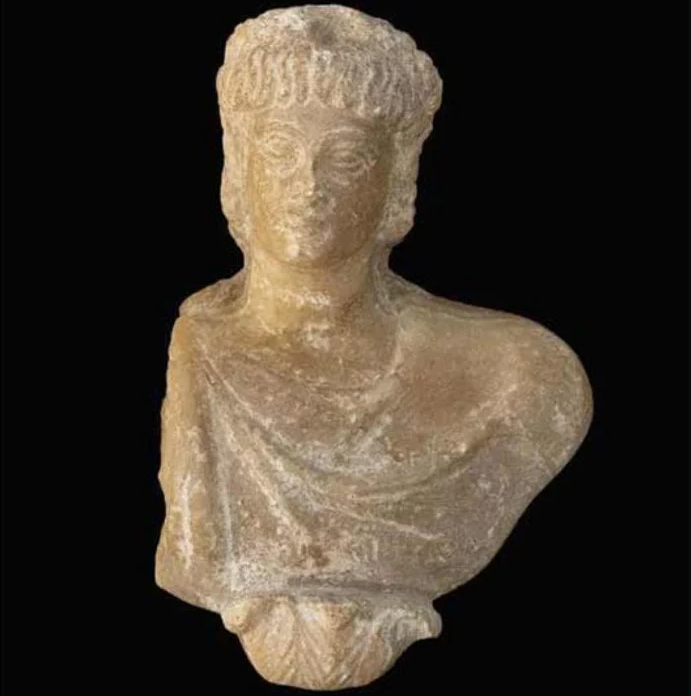The Cairo Ministry of Antiquities has uncovered a statue of Alexander the Great within a historic “residential and commercial zone” in Alexandria, which they think was a commerce hub during the Ptolemaic period.
Nine months of excavations later, in August 2021, the researchers found their find.
At the location, the crew found an alabaster bust of the illustrious ancient leader as well as models for statues of Alexander the Great. These products included components for making warrior amulets as well.
As they explored this area of Alexandria, known as the al-Shatby neighborhood, “the mission found a large network of tunnel tanks painted in pink for storing rain, flood and groundwater to be used during the draught time” said Mostafa Waziri, the Secretary-General of the Supreme Council of Antiquities of Egypt to the Xinhua News Agency.
Waziri further explained the layout of the town: “it was composed of the main street and several branch roads that are all connected with a sanitation network.”
He believes that the area was active from the 2nd century B.C. to the 4th century A.D. Waziri also noted that the team found an array of pottery pots, coins, plates, fishing tools, and rest houses for travelers.
The team has concluded that the town had a bustling market where pots were sold and workshops where statues, amulets, and other objects were made based on the building remains and artifacts discovered there.
The enthralling Greek past of the Egyptian city of Alexandria
The origins of Hellenism in Alexandria, Egypt’s second largest city, may be traced back more than two millennia, with Alexander the Great laying the first stone as part of the city’s first street in 331 BC.
Alexander III, often known as Alexander the Great, was one of the most influential men in history. He was known as the “Basileus of Macedon,” the “Hegemon of the Hellenic League,” the “Shahanshah” of Persia, the “Pharaoh” of Egypt, and the “Lord of Asia.”
Alexander was born in 356 B.C. at Pella, modern-day Central Macedonia, northern Greece, to Philip II, King of Macedon, and his wife, Olympias, but he was no royal place-holder. He rose to prominence at a young age for his military and political abilities.
Hellenistic Alexandria was most known for the Lighthouse of Alexandria (the Pharos), which was one of the Seven Wonders of the Ancient World; its Great Library (the largest in the ancient world); and its Necropolis, which was one of the Middle Ages’ Seven Wonders.
After Rome, Alexandria was once the second-most powerful metropolis in the ancient Mediterranean region.
In recent times, Greeks returned to Alexandria in the 18th and 19th centuries. A new wave of immigration flooded Alexandria shortly after the Greek revolution of 1821, ushering in the city’s so-called European age.
